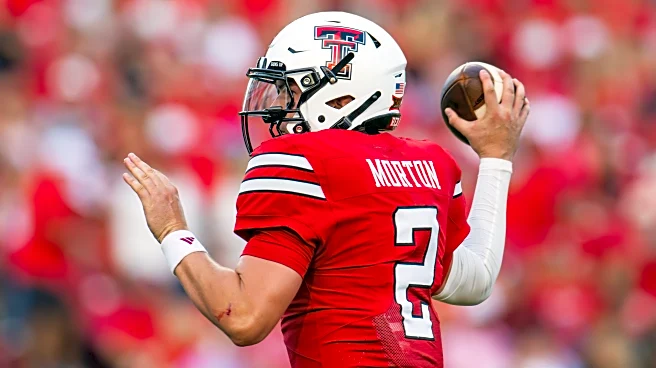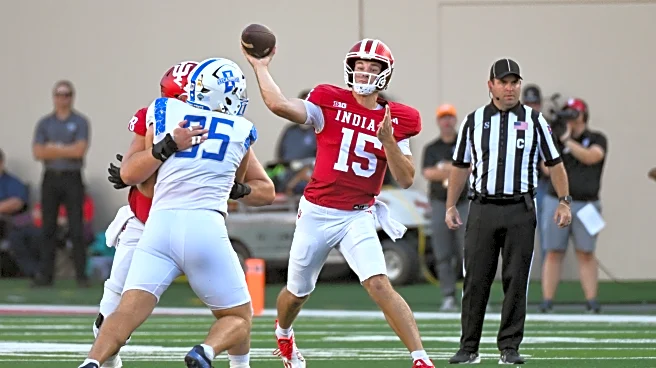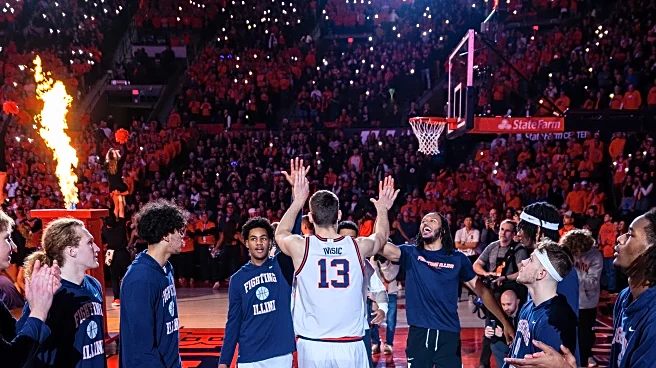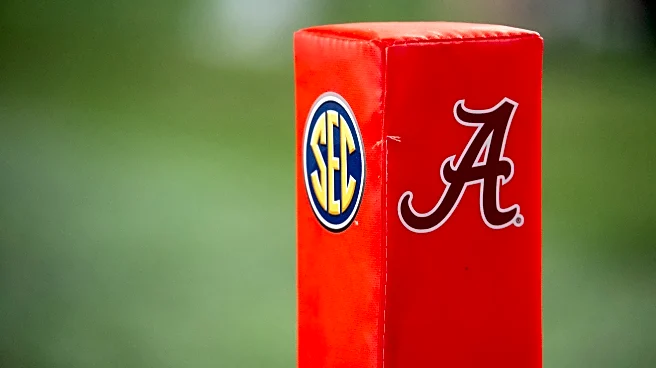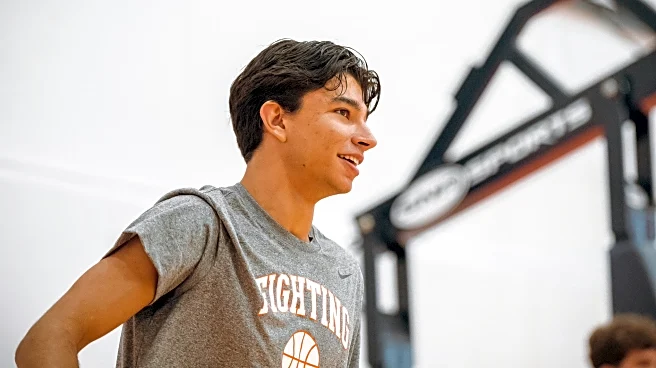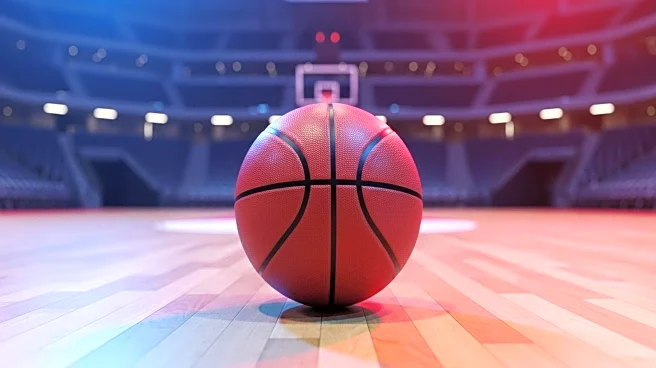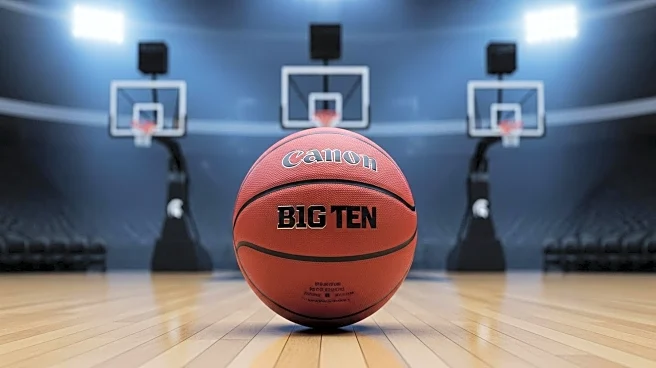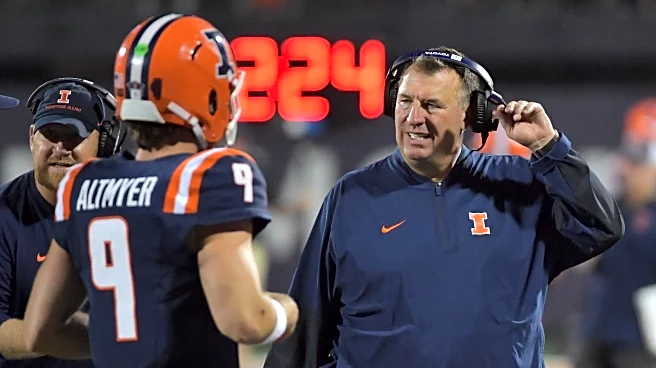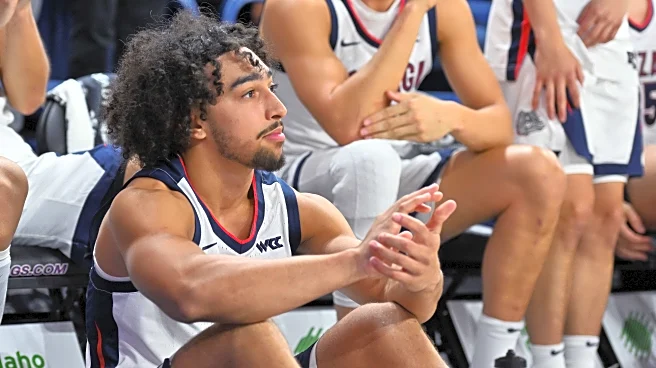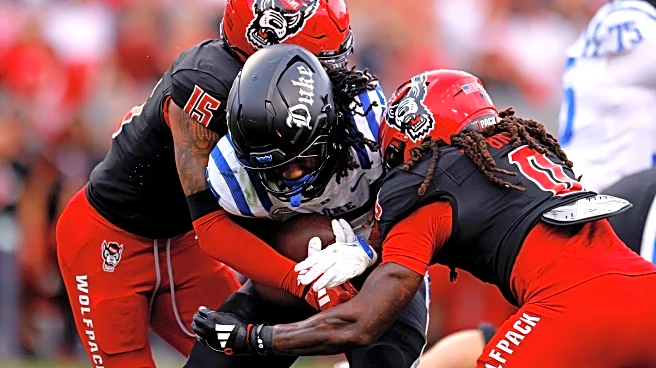Adam Miller has been in college basketball long enough to collect scars from every stop. He was Illinois’ Mr. Basketball out of high school, a freshman starter for a one-seed tournament team, and a national team gold medalist alongside Gonzaga’s own Chet Holmgren. He was also a sophomore sidelined by a torn ACL, a junior who endured a 2-16 SEC season, and a senior who fought through waiver purgatory before posting the most efficient year of his career. At 23 years old, he arrives in Spokane with
more starts than anyone else on the roster and hopefully a sense that the winding road has finally led him to a place where winning is the expectation rather than the hope.
The Evolution of Adam Miller
Miller’s whole college career has swung like a pendulum between breakthroughs and setbacks. At Illinois, it swung forward. He opened his freshman year with 28 points on 10-of-12 shooting in his debut. He averaged 8.3 points as the Illini surged to a one-seed in the NCAA Tournament. Then the pendulum swung back. That one-seed was bounced in the second round by the Ramblers of Loyola Chicago, cutting short what looked like a title run.
The next swing carried him south to LSU. But instead of momentum, it brought a torn ACL and erased his sophomore season. He fought hard and recovered, coming back to start every game for the Tigers the next year, only to watch the pendulum swing hard the other way as LSU collapsed to a 2–16 record in SEC play. From there it swung west, to Arizona State. First came the backward swing: denied a transfer waiver. Then the forward swing: a midseason NCAA rule change that cleared him to play. He answered with the best shooting stretch of his career—110.3 offensive rating, nearly 60 percent true shooting, and 42.9 percent from three, with close to 80 percent of those makes off the catch. And then the pendulum snapped back once more. Despite his surge, the Sun Devils dropped 11 of their final 12. The highs were high, and the lows were the kind only a Hurley could choreograph.
The counting stats—10.3 points, 2.4 rebounds, and 1.4 assists per game across four active seasons—don’t jump off the page. But the cumulative experience of starting 115 games across the Big Ten, SEC, Pac-12, and Big 12 is the real asset. Few can project his usage and expect him to deliver because Miller has already proven he can adapt to whatever system he lands in. After the 24-25 season of dysfunction Miller endured in Tempe, the pattern would suggest it’s time for the dude to hit his stride once again, this time in Spokane.
The Hickman Comparison
The natural point of comparison for Miller is Nolan Hickman, the three-year starter he is presumably stepping in for. Hickman’s final season was built on control and efficiency—44.5 percent from three, a turnover rate under twelve percent, a defensive box plus-minus of plus 2.2, and an assist rate that climbed to 17.8 percent while turnovers fell to career lows—making him one of the steadiest secondary guards Few has coached, even if that steadiness sometimes felt more like caution than aggression. Miller’s profile runs the other way: his assist rate has hovered around 12 percent, his turnover rate closer to 17, and he has never offered Hickman’s balance as a playmaker, yet his value comes in a willingness to take shots Hickman would pass up, from transition threes to late-clock jumpers. And the fact that he could do all that while maintaining a 43 percent shooting clip underscores just how valuable his shot-making can be in an offense premised on high-percentage looks.
The Grant-Foster Variable
The sad fact is that so much of Miller’s usage this season comes down to a dude who hasn’t even touched down in Spokane (yet… God willing): Tyon Grant-Foster. If his eligibility waiver is approved, Grant-Foster locks down a starting wing spot and Miller spends the bulk of his minutes in a timeshare at the two with Mario Saint-Supery and/or Emmanuel Innocenti. If the waiver is denied, Few may cleanly swap in Steele Venters at the three, or he will have every incentive to experiment with smaller lineups, and that could mean pushing Miller to the wing as a pure catch-and-shoot guy, a role he’s filled well before elsewhere.
What remains certain, though, is the point guard spot. Braeden Smith is not moving. Gonzaga didn’t redshirt him under Ryan Nembhard just to bury him now. If Saint Supery is as good as advertised, he will break out at the two while occasionally spelling Smith at the point. That leaves Miller as the variable. Either way, he’ll once again be doing exactly what he’s done his entire career: whatever role the roster demands.
Battle Lines
The best clue to Miller’s role might come from how Few handled Khalif Battle last season. This time last year, the assumption was that Battle would push Hickman for minutes at the two, his natural position after a prolific scoring season at Arkansas. Instead, Few started them together, sliding Battle to the three and unleashing him as a perimeter scorer with the green light to attack off the bounce. The fireworks were real when he got rolling, but the alignment also exposed Gonzaga to defensive issues against longer wings.
If Tyon Grant Foster really can’t suit up, Few has precedent for sliding a guard like Miller onto the wing. At six-foot-three he’s smaller than Battle, but the numbers point to tools that can soften the defensive risk of playing up a spot. His career steal rate sits above two percent, his defensive box plus-minus has stayed positive at every stop along the way, and last season he drilled nearly 43 percent of his threes compared to Battle’s mid-thirties mark. Where Battle delivered streaky scoring bursts and slow-but-steadily improving defense, Miller has been able to blend stopping power with efficient outside shooting for his whole career. That profile makes the idea of him logging minutes at the three more plausible than it might seem, even if the matchups need to be managed carefully.
The Fit
The floor is that Miller becomes a 15-20-minute-per-night floor spacer who hits open threes at a high clip, defends the perimeter without fouling, and gives Smith the stabilizing veteran presence he needs to complement him in the backcourt. The ceiling is that he becomes a 30-minute score-from-anywhere two/three hybrid who hits 40 plus percent from deep, averages double figures, plays through defensive mismatches, and keeps Gonzaga’s lineups from breaking even when the rotation is tested.
But the simple fact is that Miller has already endured more college basketball chaos than almost anyone else on any roster: three teams, four conferences, a one-seed NCAA tournament run ended before the second weekend, a 16th-place finish in the SEC followed by a 15th-place finish in the Big 12, capped off with a season helmed by a coach so thoroughly lacking in charm that as a player he made Christian Laettner look like the approachable one.
Through it all, every step along the way, Adam Miller has found a way to contribute. Now he gets his shot in a program where winning is the standard, not the surprise. His numbers may shift depending on who else is on the floor, but his importance will not. If Gonzaga makes a deep March run, it will be because the backcourt found a way to click, and Adam Miller is the veteran who can make that happen.

